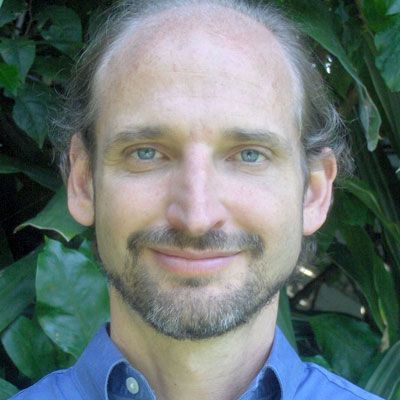
Rodrigo Suárez Hoffman
Certified Trainer since 2022
Rodrigo Suárez Hoffman is the founder of Libresencia with his wife, Madeleine Sierra Carrascal. Together, they offer personalized sessions and workshops.
As his story illustrates, Rodrigo has drawn from Nonviolent Communication (NVC), the Alexander Technique, mixed performance, and his personal challenges, to carve out a unique and creative method to help people overcome their own challenges and feel free to be themselves.
An Aspiring Musician
Growing up in Mexico, Rodrigo experienced the divorce of his parents during his adolescent years, which he identifies as the “most difficult time of my life.” During this period, he began searching for tools of self-transformation. An aspiring cellist, he went on to study at the London College of Music. “But the perfectionism of the teachers and my muscular tensions reduced my pleasure in playing,” he reflects. “If you look at my photos from that time you will see a shy, stooped young man.”
While a student in London, Rodrigo discovered the Alexander Technique, a method of movement practice that helps rid the body of tension. Finding a deep connection to this method, he embarked on a three-year training to become certified to teach it. “It was in that training where a great transformation happened, physically and mentally and emotionally.”
Rodrigo returned home to Mexico, and another decade would pass before he came upon Nonviolent Communication (NVC), in a particularly challenging time for his personal relationships.
Finding His Rhythm
Rodrigo’s discovery of NVC came in the wake of a painful recovery from a failed couple relationship. “And that was partly why I got so interested in the book,” he recalls. The book to which he refers is Marshall Rosenberg’s Nonviolent Communication, a Language of Life. “I couldn’t stop reading it,” Rodrigo says. What really trapped him, he recalls, were “the real-life experiences that were narrated in the book.”
Nonviolent Communication, a Language of Life not only resonated for Rodrigo personally, but in the way it addressed violence in the world, social injustice, and damage to the environment. “The book gave me a lot of hope.” Rodrigo pauses and gives a little laugh. “So, having said all that, when I tried to apply it in real life, I realized, it’s not as easy as it sounds in the book.”
Rodrigo speaks from experience. Shortly after he read Marshall’s book, he met Madeleine, his future wife and collaborator, who also “had a lot of fear because of previous experiences.” Candidly, Rodrigo admits that the first two years of their relationship were difficult, and served as his “laboratory to learn how to apply NVC in real life.” Today, he says, “Madeleine and I owe our relationship to NVC. That is especially meaningful for us now that we are parents.”
Two Philosophies, One Path
With his developing understanding of NVC, Rodrigo began to see a way to combine it with the Alexander Technique. The result was a visionary formula. His work joined well with Madeleine’s talents, and they began collaborating. As a husband-and-wife team, they partnered to form Libresencia, or “free essence.” Today, through Libresencia, Rodrigo and Madeleine help people be truly themselves, whether in life or on stage.
Combining the principles of NVC with the Alexander Technique works, he says. “When people come to me for the Alexander Technique, it is usually because something in their body isn't working well,” he says. “It might be, because something in their body is tense.” He introduces NVC into the process, he says, to help people “connect with their feelings and needs to change that tension, that pain, that they feel in their body.”
When people come to him seeking NVC to improve their personal communication, he in turn integrates the Alexander Technique, “because being aware of their bodies helps people become more centered emotionally, and helps also to connect with themselves and understand their feelings and needs, to be able to have better dialogue with people.”
“Being Yourself”
Rodrigo has since added another dimension to his repertoire: clowning. He initially got into clown workshops, he says, “for myself. I really enjoyed them and I love the fun.”
But when it comes to clowning, Rodrigo bows to the expert, his wife, Madeleine, a professionally trained clown. “She was already doing clown workshops,” Rodrigo says. “So we started to do workshops together.” These workshops, Rodrigo says, focus on removing the mask we all wear, “accepting yourself, and being yourself without masks.”
Related
Share this page:
TRAINING FOCUS:
- Business
- Conflict Resolution
- Counseling & Coaching
- Mind-Body-Spirit
- Parenting & Family